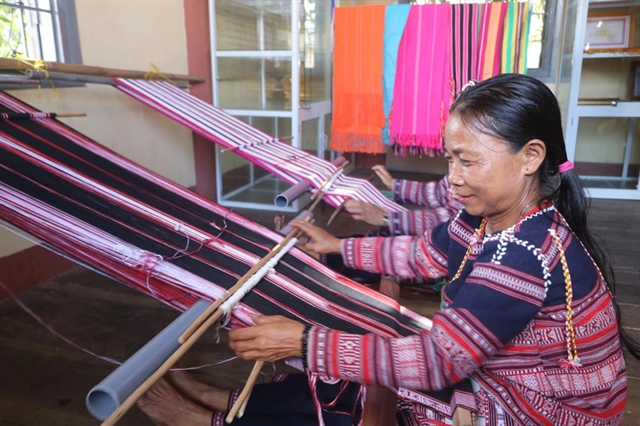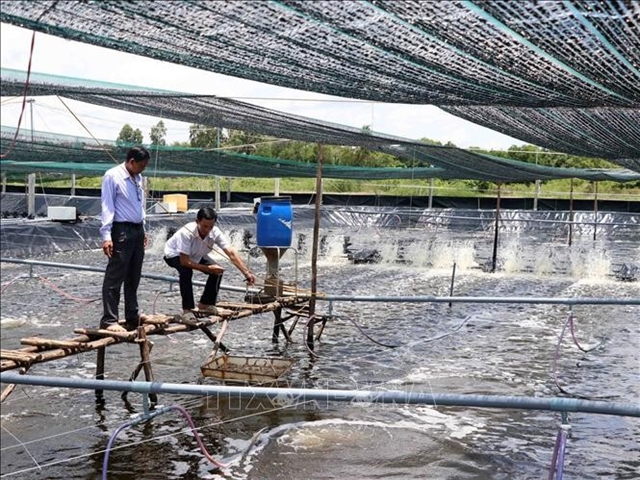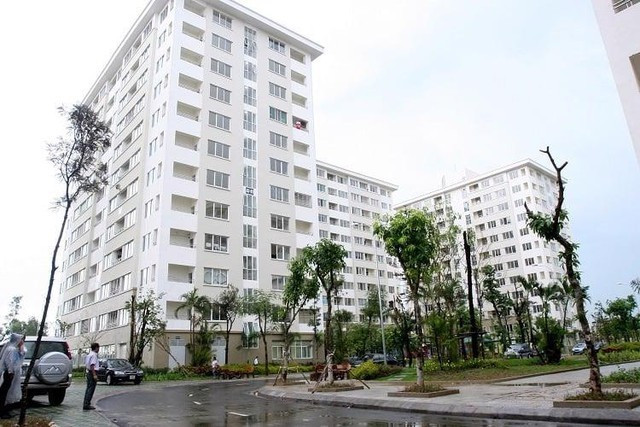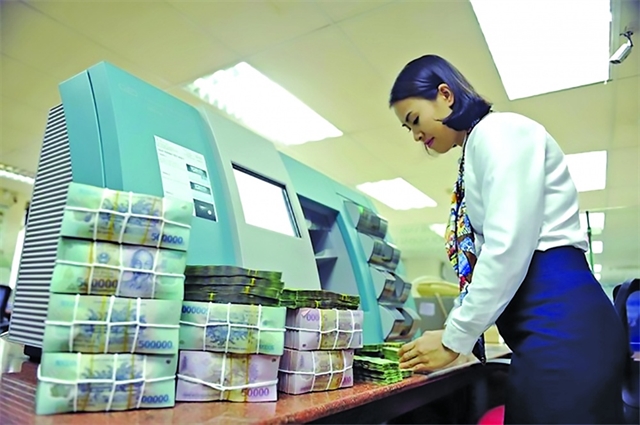 Economy
Economy

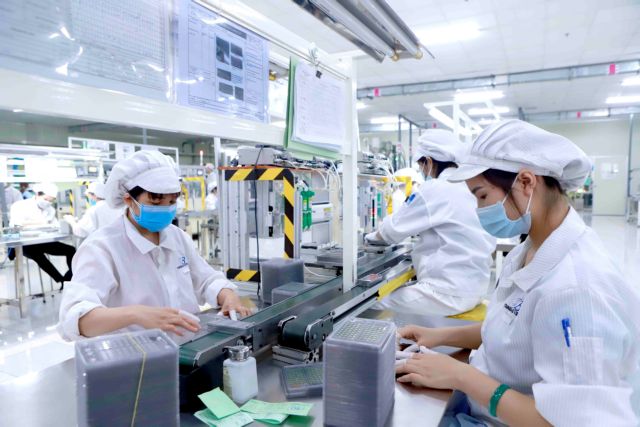 |
| Workers assembling electronic components at a plant of Youngbag Micromotor Việt Nam in Bình Xuyên Industrial Park, Vĩnh Phúc Province. VNA/VNS Photo Hoàng Hùng |
HÀ NỘI — The first half of this year saw a swift economic rebound as Việt Nam’s pandemic restrictions eased following the adoption of a living-with-COVID strategy and a robust vaccination drive, according to an article published on the website of the International Monetary Fund (IMF), imf.org.
Supportive policies such as low interest rates, strong credit growth, and the government’s Programme for Socio-economic Recovery and Development have been accompanied by strong manufacturing output and a recovery in retail and tourism activity, the article said.
The IMF has recently raised Việt Nam's growth forecast to 7 per cent this year, lifting it by a full percentage point from three months earlier and the only significant upward revision among major Asian economies.
The fund lowered the projection for next year by 0.5 percentage points to 6.7 per cent, but that still contrasts with dimming prospects elsewhere and would be the fastest pace among Asia’s major economies.
By way of contrast, growth estimates for Asia were lowered to 4.2 per cent and 4.6 per cent for this year and next in the IMF’s latest World Economic Outlook Update, the article noted.
Việt Nam’s inflation pressure has been mostly limited to some goods like fuels and related services like transport. Consumers are largely insulated from the global surge in food prices because of ample domestic supplies, pork prices declining from last year’s peak, and a preference for rice, which remains cheaper than other grains like wheat. Further, price gains for services, such as health and education, have also been very mild.
Consumer prices in the first seven months of the year rose, but remain below the central bank’s 4 per cent target for the year. The economy’s delayed recovery last year has kept core inflation, which strips out volatile food and energy costs, below regional peers.
Inflation, however, could pick up as economic activity gets back to full speed. Higher costs for transportation and commodities such as fertilisers and animal feed could also raise prices for a broader range of goods and services, adding inflationary pressure.
Việt Nam’s recovery also faces headwinds from global growth decelerating from 6.1 per cent last year. The IMF’s World Economic Outlook lowered estimates to 3.2 per cent this year and 2.9 per cent next year amid the Russia-Ukraine conflict, and the slowdown in China and major advanced economies. Such a slowdown implies reduced demand for Việt Nam’s exports, especially from key trade partners like the US, China, and the European Union.
In addition, financial conditions are tightening as interest rates in the US and other advanced economies rise to curb inflation. That in turn increases financing costs and can lead to capital outflows.
Finally, greater uncertainty about global trade and financial markets could weigh on the recovery, especially if some industries lose access to needed intermediate goods because of further supply-chain disruptions. That could curtail foreign investment in Việt Nam, slowing production and technological growth.
Together, these factors mean policymakers must be agile and make timely changes. Fiscal policy should take the lead in aiding recovery, yet flexibly adjusted to evolving economic conditions.
The central bank should focus on rising inflationary risks, and communicate that it’s ready to act as needed and remains committed to meeting its inflation target, according to the article.
Authorities should also continue addressing bad loans in the banking system and closely monitoring potential risks in real estate markets to safeguard financial stability.
Tackling the challenges relating to labour, social safety net coverage and climate-related risks will further unleash Việt Nam to its considerable growth potential and continue advancing on a sustainable development path toward higher income status, the article said. VNS

